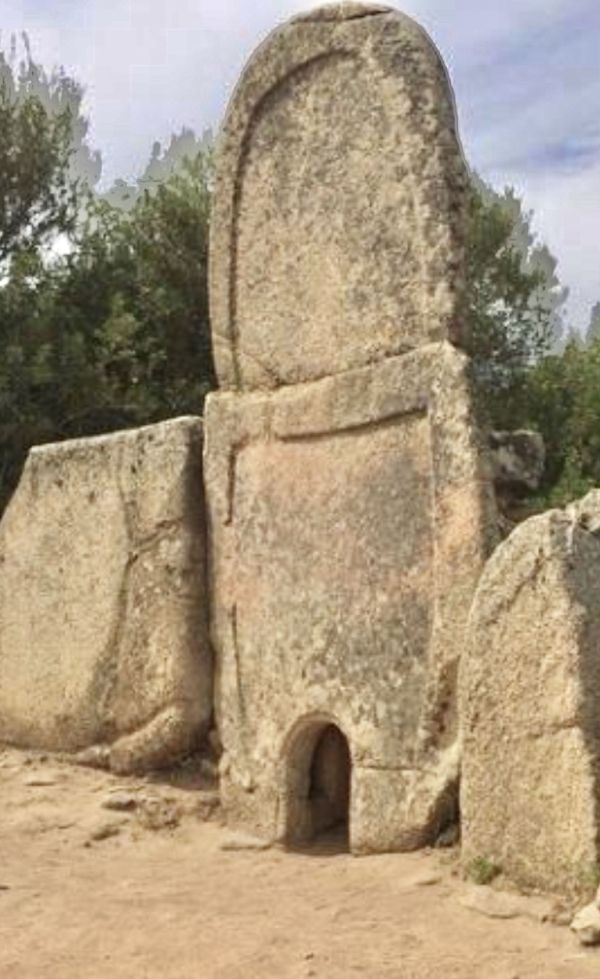(Mt 23:27-32)
John Chrysostom writes in his Commentary on the Gospel of Mt:
«If the conscience of each one could be opened, how many worms, how much rottenness and what unimaginable filth we would find in it. Vile and perverse desires, more filthy than the worms themselves» (73:2).
In his effective Commentary on the Gospel of Mt, St Jerome writes:
«The sepulchres on the outside are white with lime, adorned with marble and gold, resplendent in their colours; but inside they are full of the bones of the dead. So also the perverse teachers, who say one thing and do another: in dress they show purity and in speech humility; but inside they are full of all decay and impure desire» (4).
Jesus takes a stand against hypocrisy and inconsistent extrinsicism. He does so against authorities who save clothing, ideas and image, but radically unfaithful.
He regrets that they appear fictitious and correct, while inside they are a total denial of the respect for God that they showcase.
Thus they let the dark side of the world stagnate, instead of helping us to remove it.
The ostentatious pity for the great ancestors denounces a guilt complex (vv.29-32), not a profoundly intimate key feature - a unifying sphere of being and acting.
Spiritual masters are in the field not to show off - but to benefit, to give colour, new life; to promote authentic and cheering, creative situations.
The Lord proposes a renewal that reaches deep within, more intimate than the epidermal fuss; that touches the place and dimension of the encounter with the Father.
He is not content with 'monuments' with unseemly surprise, inside.
We are always tempted to remain on the level of an embellished surface, seeking easy and immediate gratification, esteem, honour - especially we priests, who not infrequently like to lull ourselves into accolades.
We satisfy ourselves with epidermal things, why? Encountering oneself, others and reality requires an onerous commitment: that of questioning oneself; stepping out of forms, and external fashions.
The whitewashed tombs appear sacred and graceful, but one knows what they sometimes contain.
Not always crystal-clear diamonds; not always expressions of a direct line with others and with God.
In short, the conspicuousness of pomp and paraphernalia, or winking patinas, is a kind of projection.
Artifice that does not allow thoughts to be processed; it only drives away tiring nightmares - in the most childish way.
Love, on the other hand, lives on real sparks - it does not cross them unscathed by contenting itself with self-representation in decorative signs, or in ideology that lures the naive.
Screens of incredible emptiness.
While recognizing the facets of great artistic expression and differing opinions as legitimate, Jesus would have subscribed to a principle of the Puritan laity: «The greater the ceremonies, the lesser the Truth».
[Wednesday 21st wk. in O.T. August 27, 2025]












